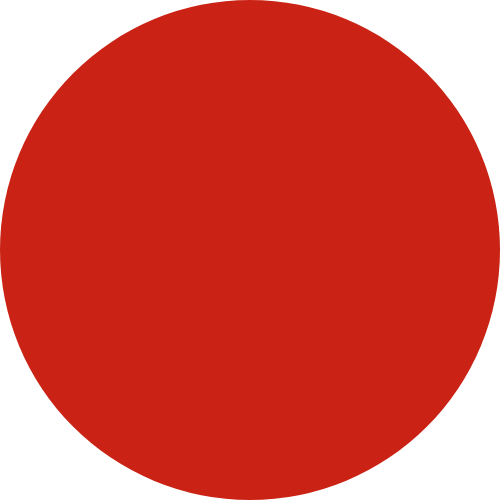At u.lab’s opening session for their 2012 GroundBreaker series in Sydney we asked how collaboration can work best with external stakeholders. In an interactive session I had the honor to stir the crowd with David Gravina (Digital Eskimo) and Eric Folger (AMP). 50+ participants rolled up their sleeves, discussed with us, broke out into groups to assess and evaluate the possibilities and pitfalls of design thinking and collaboration. Organizer Joanne Jakovich and her u.lab team created a productive environment that included everybody in a creative way and facilitated a vibrant discussion. A reprint of this article was also published in GOOD magazine.
They asked us to be provocative. Here’s a transcript of my talk:
Collaboration is a $1 billion industry and is projected to grow to $3.5 billion by 2016, according to an ABI Research study. In its wake, there’s much talk about share culture, much excitement about a rising maker culture, and much hope that design thinking and peer production are panacea to a world in crisis.
Yet still we are a long way from knowing how to harness larger teams effectively. Of the many things that may work, I’d like to suggest four attributes that we should dare more in collaborative design.
Structure is the first. Consider imperfection in your design. We’re so used to everything being packaged so impeccably, even the most eager wouldn’t see how to unwrap and engage with it. My proposition is that if we create loose structures with a clear goal—one that gives direction but doesn’t direct—we might see others take action much quicker. Imperfections are inviting: they help overcome inhibitions, purvey a feeling of being needed and create a sense of belonging. It’s about giving creative freedom and agency to those who are self-propelled and invested.
The second is Understanding. While misunderstandings can spark unexpected discoveries, slack use of words can water down their meaning and purpose. Take ‘innovare,’ for example, the Latin for “renew, restore, change.” Current rhetoric around innovation is that it ‘bubbles up’ when we use the crowd. I disagree. Ideas might bubble up; they’re lighter. They can happen in a flash and pop easily. Change might start with an idea, but real innovation is plain-old hard work. To innovate means to implement ideas in smart ways that are meaningful to many, so they adopt them and change behavioral patterns. An innovation is based on an elaborate process and such endeavors don’t bubble up; they thrive with persistence and diligence and patience—and with a shot of playfulness.
Number three is Attitude. We’re very diplomatic and polite, praising each other’s work more often than being constructive critics. In spite of Americans having a strong debating culture, strategies of positive psychology and ‘looking away’ seem to prevail when it comes to creativity. Collaboration needs conflict to come up with something new. We need controversy to get over a hump, disruption to spark something unexpected. We should try to synergize the counterintuitive and integrate the paradoxical, and that means being candid and sometimes playing the Devil’s Advocate, even if that means stepping out of our comfort zone—which is rather exhilarating, because life really begins at the edge of our comfort zone.
The last one is Education. Many want to use the crowd, but nobody knows how to collaborate properly. d.school, u.lab, and Learn Do Share are initiatives that do research around it. Their how-to guides help spreading techniques. Nonetheless, we’re still just beginning of find out how we can collaborate best. Educational R&D on collaboration is an investment that every corporation—and everybody who wants to use the crowd—needs to make before they start crowdsourcing.
These principles are put into practice in various experimental storytelling workshops run at diy days (www.diydays.com). We call them Wicked Solutions For A Wicked Problem. These sessions invite interdisciplinary teams to work together on finding solutions to local problems using methods that fuse storytelling, speculative scenarios and design thinking to inspire collaborative action and social good. We encourage participants to be absurd, to browse, and build, to teach and be taught, to challenge each other, to shape arguments, to test designs, and to implement them together with those who are affected by the wicked solution: everyone. At the same time, diy days gives participants a firsthand experience of what it means to create a better future with peers that have different horizons and objectives.
My wish for the future is to see crowds a feasible design partner, enabling each other’s passion projects, embracing them as learning experiences, harnessing shared assets to spin off various independent revenue streams, and developing a moral ecology that allows us to trust in circular skill exchange.
Word.
